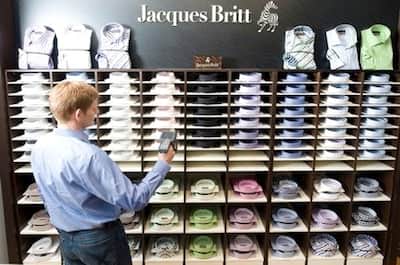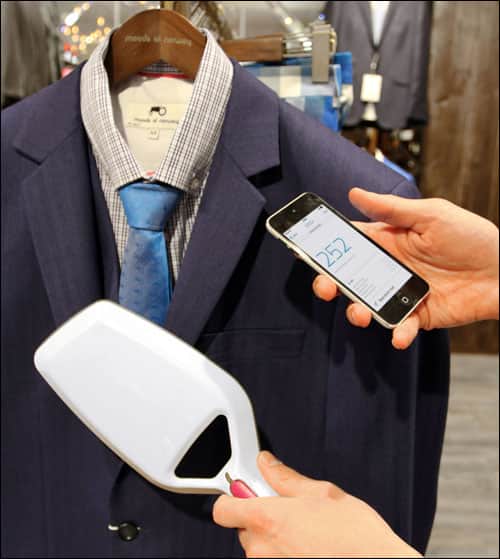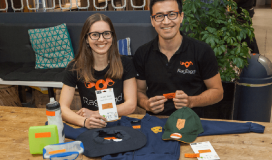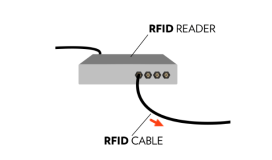A reader recently submitted this question to our Ask the Experts forum: "In your opinion, what has been the best rollout of RFID in retail, and why?" It's a great question, deserving of a full and complete answer, so I am addressing it in my weekly column, rather than in an a more abbreviated response on the forum.
Companies have different goals for their RFID project and different approaches to the market, so it's not easy to compare retail deployments. If one retailer is a low-cost provider and uses RFID to cut costs, while another is a high-end retailer that uses RFID to enhance the customer experience, how can you say one deployment is better than the other if they both achieve what they set out to do?

That being said, I think it's worth talking about the deployment I admire most. That would be the one achieved by Marks & Spencer, a United Kingdom-based retail chain. There are a few things I admire about the way in which M&S went about its implementation of RFID:
1. Patience: M&S conducted a lot of research into the value of RFID for tracking apparel. The company launched its first apparel-tracking pilot back in 2003 (see EPC in Fashion at Marks & Spencer). It then expanded the pilot and worked with solution providers to improve passive UHF RFID systems, which were then in their infancy. As RFID developed and improved, the company kept looking at how the technology could deliver value.
2. Total discipline: M&S identified 23 areas of the business in which RFID could deliver value, but when presenting the business case to the board, senior executives focused on just one: improving on-shelf availability. The potential increase in revenue from having the right item in the proper place when a customer wanted to buy it would increase margins by reducing mark-downs. That alone would pay for the deployment. The additional use cases would be tackled only after the initial benefits were achieved.
3. No fear of being first: M&S didn't worry that they were the first major retailer to deploy RFID on all apparel and later all non-food items. Other companies seem to want to wait for others to do it, so that they won't be blasted by the press or financial analysts if the deployment doesn't succeed.
4. No fear of discussing the RFID project: M&S, like Macy's in the United States, has spoken frequently about its use of RFID. The company knows there is more value in going public about RFID than in keeping everything silent. For one thing, being open allows the RFID vendor community to understand what M&S is trying to do, and to deliver products that will enable it to achieve its goals (see Why Marks & Spencer Talks About RFID).

5. Continual innovation: M&S maintains "innovation stores" at which it tests new uses of RFID and other technologies, as well as new products, in order to determine whether or not they can deliver value across the chain. It sends executives to RFID events to learn about new products and new applications. Other companies seem to stop thinking how to use RFID after they solve their inventory accuracy problem.
6. A no-nonsense focus on the bottom line: M&S has been extremely disciplined in how they deploy RFID. The goal has been to use the technology to improve store operations and add to the bottom line. All applications are carefully tested to ensure the technology will deliver value. The company has even turned off RFID in stores to evaluate the impact of RFID.
Macy's, Lululemon, River Island and others have all done a good job with their deployments, but M&S has carried out one of the largest and most disciplined rollouts to date. I greatly admire how the company did its homework and bet on RFID only when executives were completely convinced it was a sure thing. M&S is certainly a firm that other retailers would do well to emulate when rolling out RFID.



